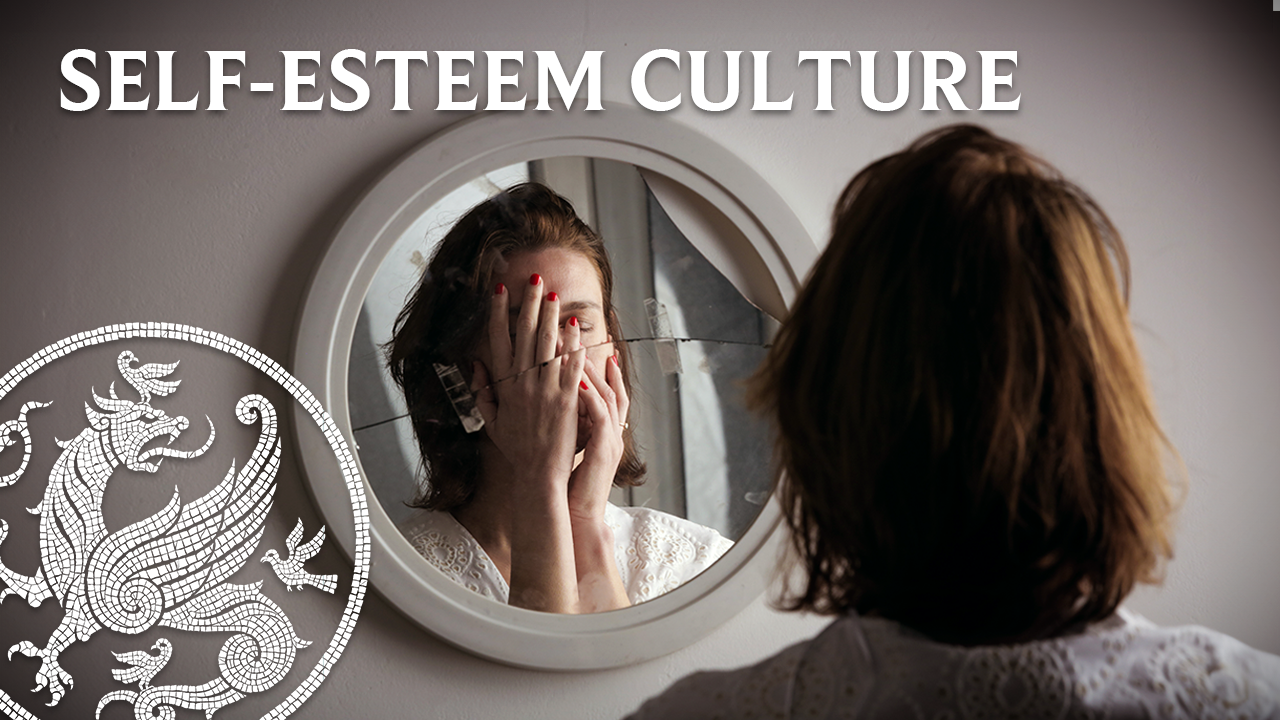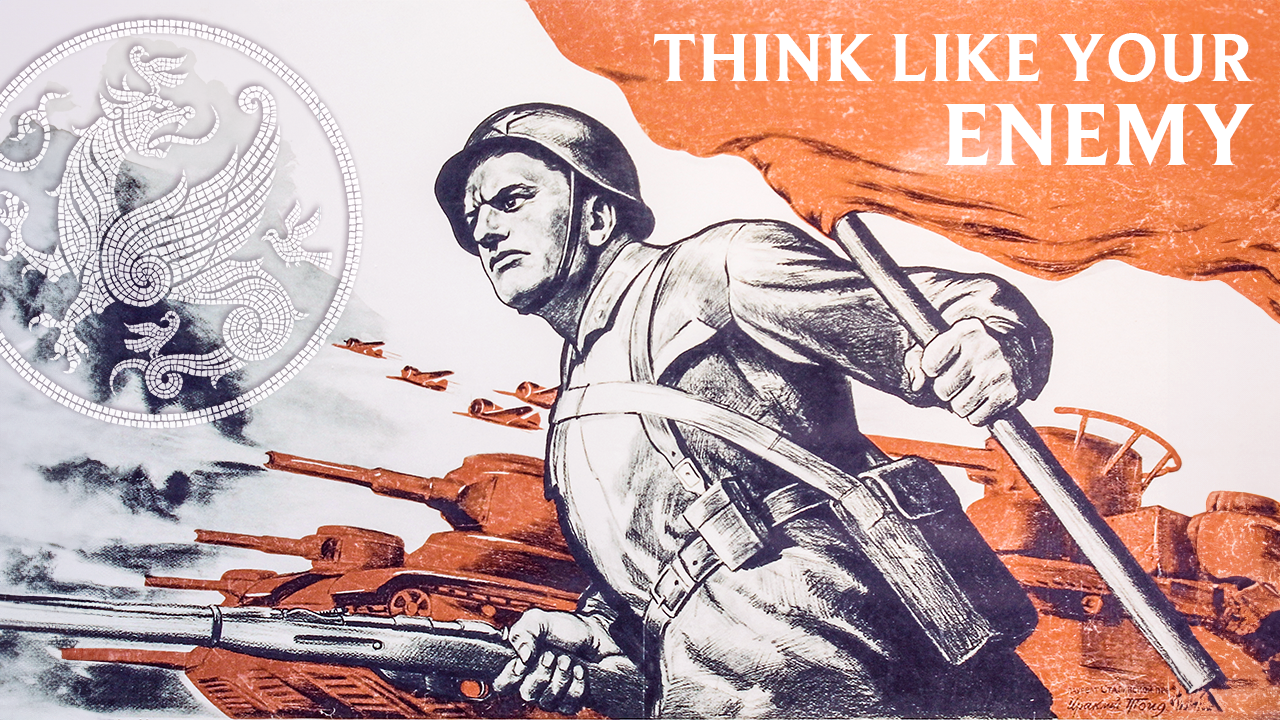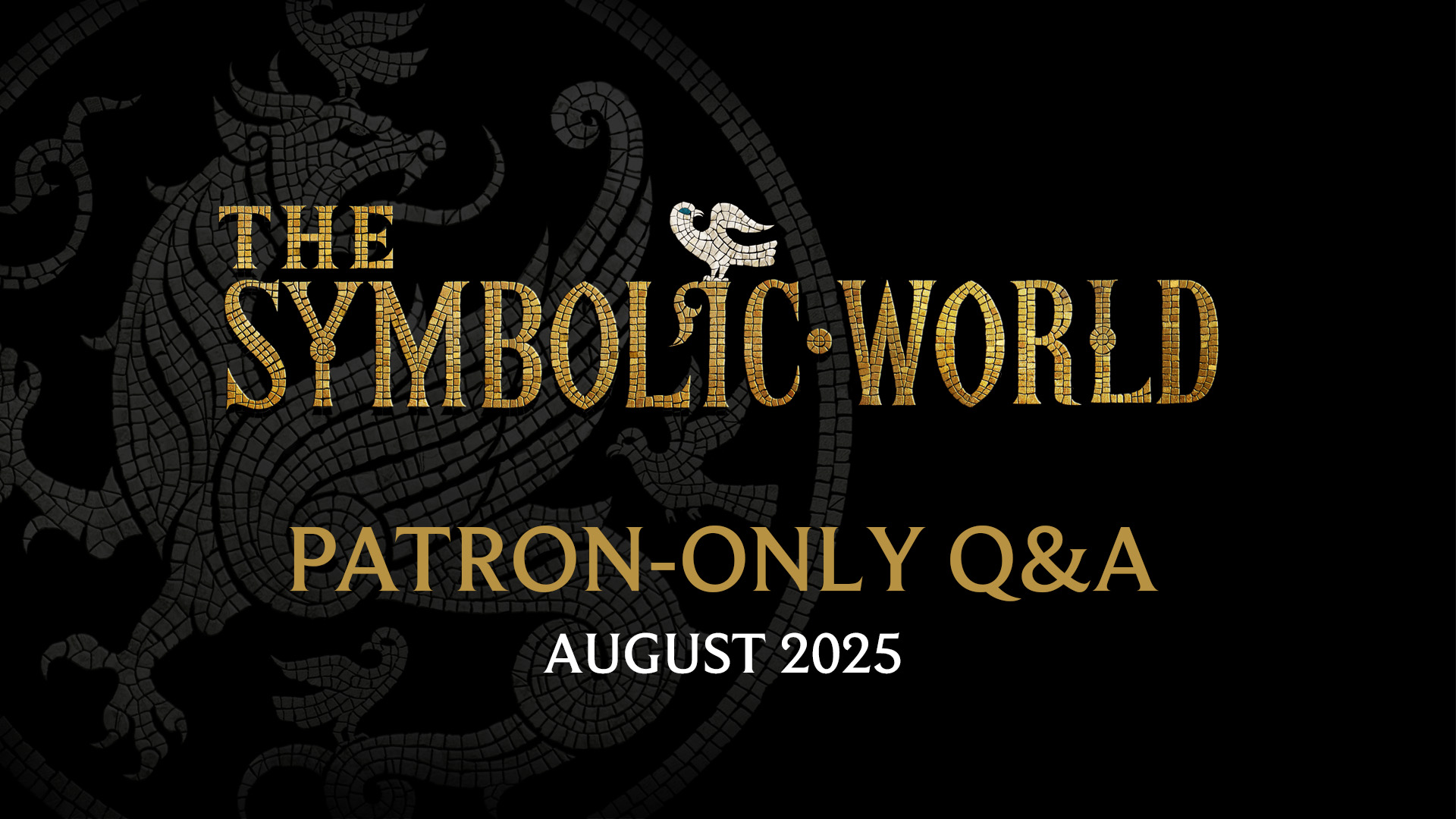The Meaning of Vampires (Transcript)

This post is the transcript of a video from October 2019.
Thanks to Heather Lee for the transcription and Gareth Boyd for the edition.
The idea of blood-sucking creatures has been around for quite a while. It is there in most cultures, but what I want to look at in terms of the vampire is, mostly, how it has developed in modern times. Especially from the time of Bram Stoker, it seems like the vampire has taken up a particular niche in the world of monsters, and I think it’s a niche that is important to understand at the moment.
As I just mentioned, the notion of vampires has been around for a very long time; the idea of people coming back from the dead to take other people’s blood. In the older versions of the vampire, it’s mostly the imagery of a parasite or of something which is coming from the outside, which is coming from below – like an insect or a mosquito that is feeding off the living. So it is, really, a parasite. A way to understand on a more psychological level is to understand it like someone who dies and leaves something behind that continues to gnaw at you for one reason or another; it is going to continue to act as a parasite on your life, despite the fact that that person is gone.
The way that the vampire has taken form in modern times – especially since the time of Bram Stoker, just with the basic idea of Count Dracula – is the idea of an aristocrat who becomes this vampire; who sells his soul to the devil, or does something similar, and then becomes this creature of the night. The interesting aspect of this type of vampire is that it really becomes the image of a monstrous version of the hierarchy; a monstrous version of the aristocracy. It’s not surprising that it would appear in the time-period that it did; in a moment where narratives about the aristocracy, narratives about hierarchy themselves were, let’s say, revolutionary. You could see the development of Marxism coming about; the French Revolution, the Russian Revolution – this idea that aristocrats or anything hierarchical is bad was setting itself up. So, it’s not surprising that the image of the vampire the way it appears to us would show up around that time.
At the same time, of course it shows a political slant that the world is taking, but nonetheless, if you look at the image, it can help us understand the danger of hierarchy or the negative side of something which is above. And it is true that, in a normal relationship, in a normal hierarchy, what is above does, in fact, feed on what is below. That is something which might disturb you, but that is just what happens. Let’s say you’re an entrepreneur and you’re building something. You hire a bunch of people, and you’re going to feed on their energy in order to accomplish what you want. If you have people under you in the army, or in any business, you are feeding from them – they’re food for your project – in order to accomplish your goal.
That, in itself, is not necessarily weird. What is dangerous is when the effort only goes one way, because usually what happens is that there’s an exchange. The people below in the hierarchy will offer support, will offer sustenance, will be like the food for the project or the movement towards the goal that this structure has in mind; and what’s coming from above will give back value, will give back identity. In terms of a political sphere it will give back protections that will come from above. And so, the role of an aristocrat is to protect the people on his land; he’s supposed to protect them from invaders, protect them from anything that could happen to the land, but also even provide medical help, provide basic education to the people that are working for him.
And so, that is the normal exchange. You can always see the normal exchange in a hierarchy as the idea that there’s love coming from above and a kind of submission or pliability coming from below; where you submit to the purpose of this higher thing, and the care comes from above. So, that is the normal version. But in the idea of the vampire, what you have is this aristocratic figure who will seduce, but then will only feed and will not give back. It will not produce, and will only take. And so, you can understand it in the vision of the revolutionaries, that this is what the aristocracy was doing – was only taking from below. And you can see it in the Marxist idea that all that the rich do is feed from below and they don’t give enough back.
Capital is dead labour which, vampire-like, lives only by sucking living labour, and lives the more
labour it sucks.
-Karl Marx, Das Kapital
And so, the vampire exemplifies this, and becomes an image of it. And it can help you understand that even in your own experience – in the way that you act in the world – how you need to be attentive to the things which are below. You can see it in yourself, as well. You have your purposes, your goals, your intentions, and then you have your possibilities; your body, your time, your resources, and if you’re not careful, you can act as a vampire upon yourself. That is, you can suck the life out of yourself. You can work yourself to death. You can work yourself into a kind of zombie state. If you’ve ever seen those old movies of people who’ve been bit by vampires, they’re kind of wide-eyed; they’re not totally there. They’re kind of half-dead themselves. So, you can do that to yourself; where you are taking from your body and you’re not giving back. And everybody has had that experience, so you can understand it. Because everybody has had times when they’re not sleeping enough, they’re not eating enough, they’re not doing what they need to do in order to give back to their possibilities; but rather, they are just trying to suck themselves dry.
And so, that is what I think the vampire today represents. In a way, it’s almost as if it’s the opposite of something like a zombie. In the case of the zombie, you have these monsters coming from below that are eating the brain. So, you have the body eating the brain, and in terms of the vampire, you have something like the brain which is eating the body. You have the top which is devouring what is underneath and trying to sustain itself by only taking, and that, of course, doesn’t work in the long term. You can keep adding to your body for a while. You can take caffeine, you can take cocaine, you can do all kinds of things to kind of try to add to your body in order to be able to suck it dry. You can see the same in terms of the aristocrat or the leader who is devouring his people. They can add people; they can try to just keep sucking the blood from different people – that will give them a kind of unnatural, long life, but at some point, it is inevitable that it will fall apart.
In a way, if there are sins of the passions and there are sins of the mind, the vampire seems to manifest the sins of the mind or the sins of the elite. It’s pride, really, and it’s this idea that “I am so important that I can suck all these people dry and it’s justified because of my own self-importance.” And so, that fits with the idea of the aristocrat, or the idea of leaders who would be full of themselves and would not see themselves as having to care or to help those who are below them.
One of the interesting aspects which still remains from the older legends and can help you understand the problem that I’m trying to show you is this idea that vampires can’t stop themselves from counting. There are these legends that, if you want to get rid of a vampire, you should throw some rice on the ground and then the vampire will have to count out every single piece of rice; that they can’t stop themselves from doing that. In that idea, you can see this image of the sin of the mind – the sin, through counting, through math – of trying to account for everything. The sin of the vampire is actually that he will not let the lower things be, but has to account for all of them. So, in that manner, you could imagine the vampire as being something like a false light, something like a false hierarchy; a mockery of a hierarchy. That is why they don’t have a reflection; they are kind of this false light, this false aristocrat. It’s like a dark hierarchy; you could imagine it that way.
That seems, also, to be the reason why the way to get rid of the vampire is through sunlight; through exposing the sins of the father, you could say, to show the evils of the aristocracy, to expose their vices – something which we’ve seen in history, of course, quite a bit. People in elite circles tend to think that everything is permitted to them. They think that, because they are above other people in terms of social hierarchy that somehow the rules of the world don’t apply to them. And so, a way to get rid of the vampires is, of course, to shine a light on them and to show them for what they truly are. In that sense, it’s also the true hierarchy or the true law which ends up showing itself when you shine a light on it. That also seems to make sense in terms of the basic idea of the cross; why the cross would also frighten them in terms of this hierarchy of sacrifice that we find in Christianity, which is exactly the opposite of what they are putting out there.
The one thing that I’m not sure about, and maybe you guys can help me out in the Comment section, is in my basic idea, it seems like everything is kind of coherent; kind of makes sense, but the one thing that I’m struggling with is garlic. Why is it that garlic frightens vampires? I’m sure there’s something I’m missing; some aspect of garlic. The only thing that I can think of is that maybe it has to do with a kind of purification; garlic as an astringent, garlic as this really pure thing, like light shining on, but here I really feel like I’m speculating. So, I’ll leave it up to you guys. If you write something that I find convincing in the comments, I will pin the comment and give my own response. I hope you enjoyed this small, little thought on vampires.
Linked Articles & Posts
Linked Premium Articles & Posts
MEMBERSHIP
Join our Symbolic World community today and enjoy free access to community forums, premium content, and exclusive offers.



.svg)



.svg.png)






Comments